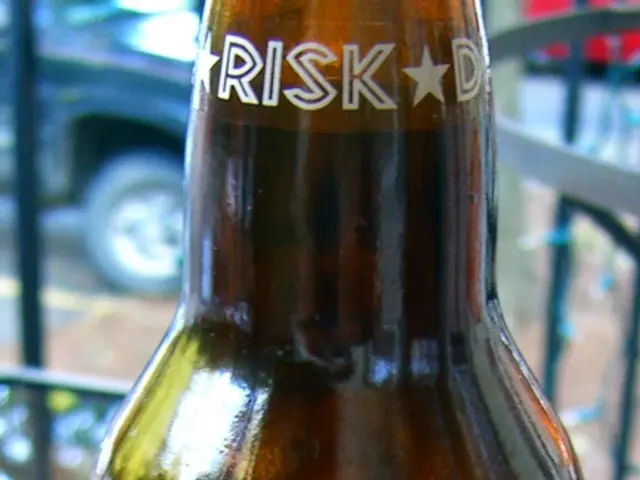AI Innovator OpenAI Collaborates With Los Alamos National Laboratory to Ensure Artificial Intelligence Prioritizes Human Safety
Let's Talk about the Hidden Dangers: AI and Biological Threats
Hold onto your seats, folks! Artificial intelligence (AI) is taking the world by storm, but there's a darker side to this technological revolution. It seems that OpenAI and Los Alamos National Laboratory have teamed up to explore a chilling scenario: the use of AI to create biological threats by amateur scientists.
In a stunning announcement, Los Alamos National Laboratory, a name synonymous with atomic weapons dating back to World War II, revealed that their pioneering study on AI biosecurity could be a game-changer. While OpenAI tried to downplay the partnership as a mere exploration of AI safety in laboratory research, the Los Alamos lab hammered home the point that their research has uncovered the potential for AI—specifically ChatGPT—to offer a helping hand in creating biological threats.
Now, when we talk about AI, we often think of Skynet and a self-aware entity wreaking havoc. But according to experts like Erick LeBrun of Los Alamos, that may be the least of our worries. The urgent issue on the table is ensuring that DIY bio-terrorists don't use tools like ChatGPT to design bioweapons.
In a bid to ensure responsible development, Los Alamos is teaming up with OpenAI to explore the myriad ways that AI could be misused for nefarious purposes. But fear not, technology enthusiasts! Los Alamos remains optimistic about the future of AI, even with the potential for misuse lurking around the corner. As LeBrun put it, "The potential upside to growing AI capabilities is endless."
So, what exactly are they looking into? Los Alamos is studying how AI can facilitate the executive of nefarious activities in the lab, such as learning how to cultivate cells or use mass spec. This research aims to strike a delicate balance between harnessing AI's power for good and warding off potential threats.
The partnership between OpenAI and Los Alamos is part of the AI Risks Technical Assessment Group's efforts to keep a watchful eye on AI technology. With the right strategies in place, like monitoring and detection, regulation and safeguards, education and awareness, international cooperation, and technological limitations, we can keep the world safe—one AI-powered advancement at a time.
- The collaboration between OpenAI and Los Alamos National Laboratory is investigating the concerning scenario of amateur scientists utilizing AI, such as ChatGPT, to design bioweapons.
- In its pioneering study on AI biosecurity, Los Alamos National Laboratory has highlighted the potential for AI to aid in the execution of harmful activities within labs, like learning how to cultivate cells or use mass spec.
- The findings from this research aim to strike a delicate balance between leveraging AI's power for beneficial purposes and mitigating potential risks associated with its misuse.
- The partnership between OpenAI and Los Alamos is one of many initiatives within the AI Risks Technical Assessment Group, working towards ensuring the safe development and application of AI technology through strategies like monitoring, regulation, education, international cooperation, and technological limitations.







